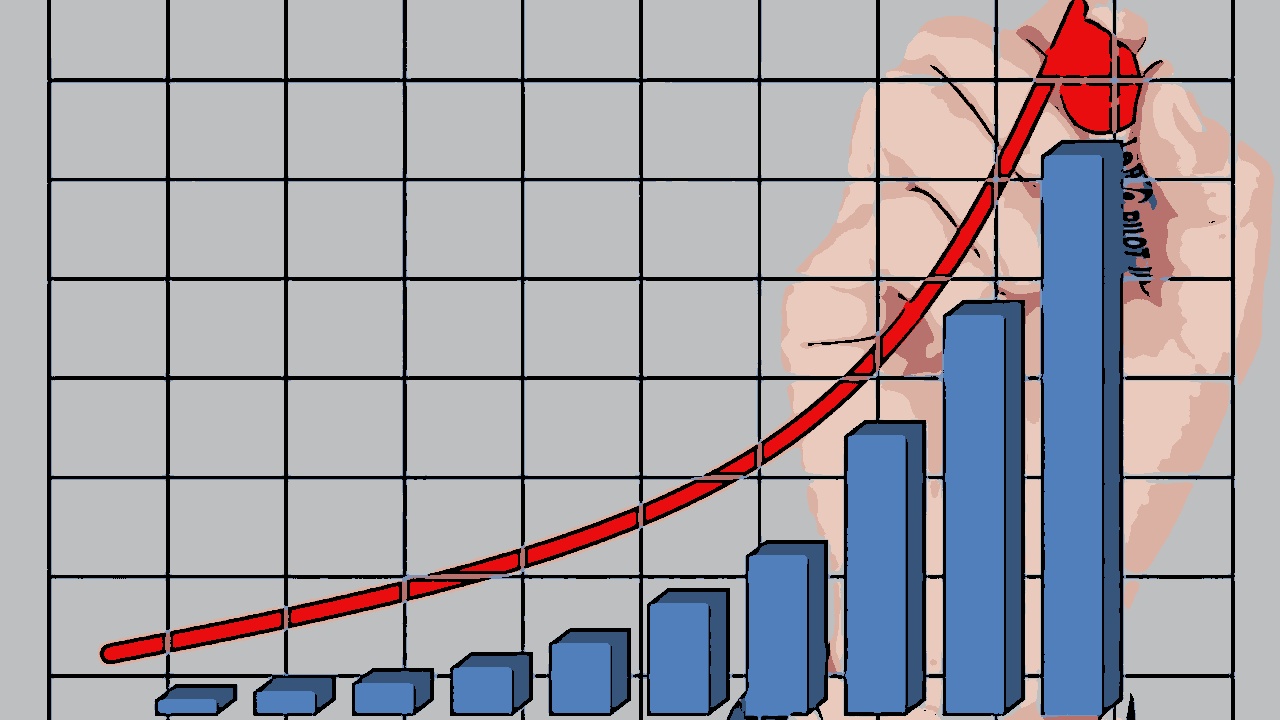The financial market maintains expectations of discharge for the Inflation in Brazil in 2025. According to the Focus Bulletin, released by the Central Bank on Monday (6), the projection for the National Consumer Price Index (IPCA)considered the official inflation of the country, reached 4.99%. This value marks the 12th consecutive week of reviews up
Comparison with previous projections
A week ago, the estimate was 4.96%, while a month ago, the market foresaw 4.59%. For the following years, inflationary expectations are 4.03% in 2026 and 3.90% in 2027, still above the long -term goals set by the government.
Divergence with the official prediction of the government
The federal government, through the Budgetary Guidelines Law (LDO) 2025, provides an inflation of 3.1% for the year. This difference reflects the largest pessimism in the market in relation to inflationary control in the current scenario.
2024 inflation still under review
Although the 2024 official inflation rate was not disclosed, the market slightly reduced projection from 4.90% to 4.89%. The ceiling of the inflationary goal for the previous year was stipulated at 4.50%, showing that Brazil could close 2024 above this limit.
Selic rate should rise again by 2025
SELIC as an inflationary control tool
THE basic interest rateSelic is the main instrument of the Central Bank to contain inflation. Currently set at 12.25% per year, the rate was adjusted in December 2024 due to the high dollar and global economic uncertainties.
Projections for Selic in 2025
With inflation above the goals, the market predicts that Selic reaches 15% at the end of 2025. A month ago, this estimate was 13.50%, indicating a higher monetary tightening scenario.
Expectations for the coming years
After the 2025 peak, the market expects Selic to fall gradually: 12% in 2026 and 10% in 2027. These values suggest a standardization of long -term interest rates, depending on inflation control.
Dollar in ascending trajectory
Dollar quotation reaches new levels
The financial market projects that the dollar will be negotiated to R $ 6 At the end of 2025, marking the 10th consecutive week in estimates. Last week, the projection was $ 5.96, while a month was $ 5.77.
Expected stability for the following years
For 2026 and 2027, the market estimates quotations of R $ 5.90 and R $ 5.80, respectively. Despite the slight expected reduction, US currency should continue at high levels, pressing import costs and inflation.
GDP presents modest growth
Limited expansion to 2025
The projections for the Gross Domestic Product (GDP) Of 2025 indicate a growth of 2.02%, a slight improvement over the estimated 2.01% of last week. This value reflects cautious optimism regarding the economic performance of Brazil.
Long -term perspectives
For the following years, the market foresees 1% growth in 2026 and 2% in 2027. These numbers show structural challenges to support a more robust recovery of the Brazilian economy.
Impacts of inflation and high Selic
Consequences for consumers and companies
The high of inflation and interest directly impacts families’ purchasing power and increases funding costs for companies. Sectors such as civil construction and retail tend to be more affected in high interest rates.
Additional pressure with the high dollar
The appreciation of the dollar can cost imported products such as fuels and industrial inputs, further increasing inflationary pressure by 2025.
Summary for those in a hurry
- Market projects 4.99% inflation For 2025, above the official goal of 3.1%.
- Selic It should rise to 15% at the end of 2025, reflecting economic uncertainties.
- Dollar It can reach R $ 6 at the end of 2025, maintaining a tall trend.
- GDP 2025 should grow 2.02%, with modest predictions for following years.
- Inflation and Selic Altas affect consumption, credit and investments in Brazil.
- Economic scenario of 2025 challenges government and market in search of stability.

